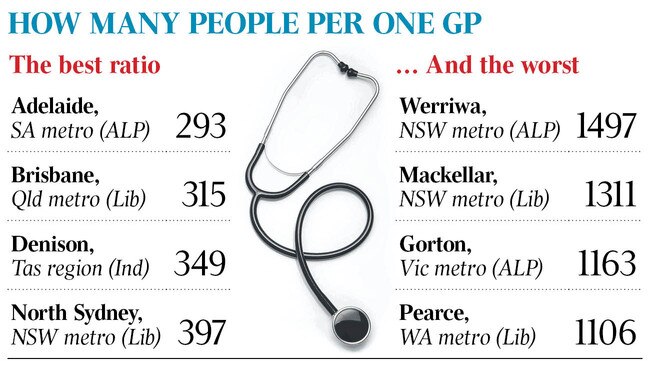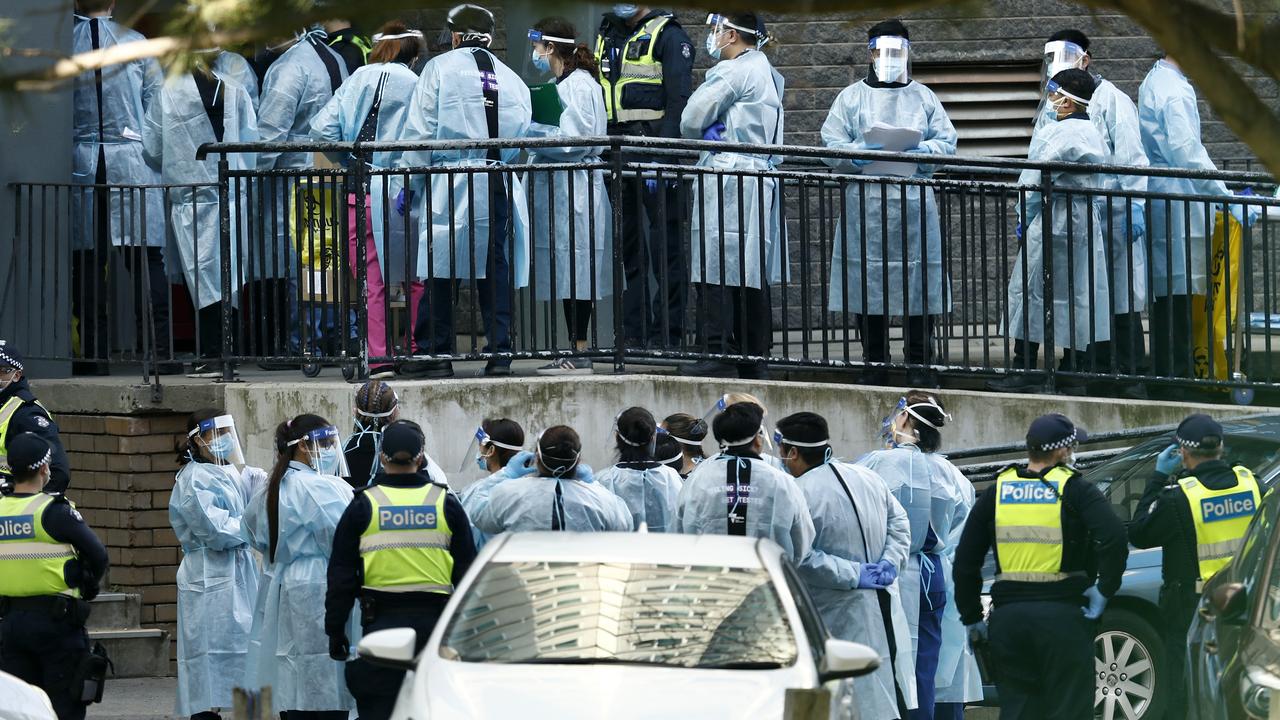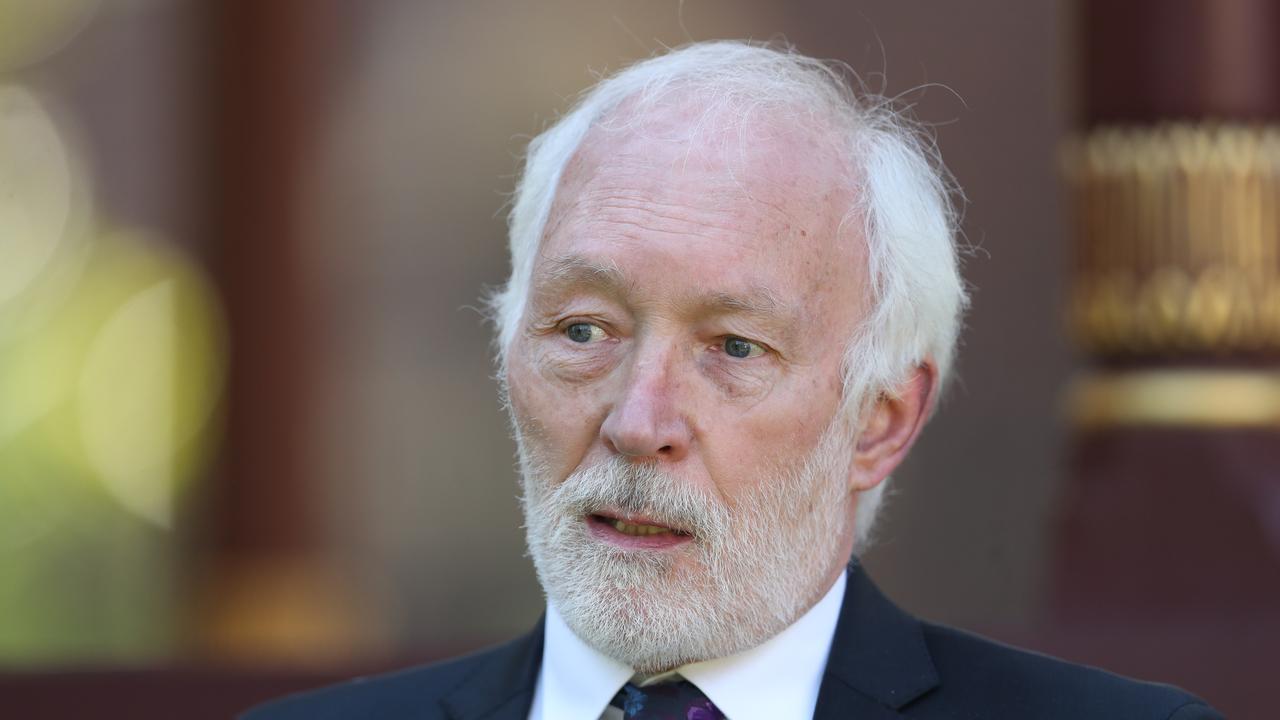Government taking control of foreign doctor placements
A new health agency will be established with the power to block the use of overseas-trained doctors.

A new health agency will be established with the power to block the use of overseas-trained doctors as the federal government seeks more direct and immediate control over workforce distribution.
Under an unreleased cabinet proposal ‘‘Right Worker, Right Location’’, which was only partly referenced in the budget, employers wanting an overseas-trained doctor to fill a vacancy will need an endorsement from the agency.
This represents a fundamental shift in the management of overseas-trained doctors and so-called districts of workforce shortage, where Department of Health mapping has long been used to determine visa eligibility. It will give the agency control over specific job proposals and potentially force employers, such as major corporate clinics, to take additional steps to recruit local doctors.
A spokeswoman for Regional Services Minister Bridget McKenzie said precise implementation details were still being determined but employers would need the agency’s endorsement for positions to be open to overseas-trained doctors. “Without the endorsement, the nomination will not be accepted by the Department of Home Affairs,” she said.
“An endorsement will only be provided where the advertised position responds to genuine workforce need.”

The agency will help the government meet its budget target of reducing visas for foreign GPs to work in metropolitan areas by 200 a year over four years.
That measure, to start in January, is forecast to save the government $415.5 million.
The Australian sought details under Freedom of Information laws but was denied access because the documents, headed ‘‘Right Worker, Right Location — Controlling Supply of Overseas-trained doctors’’, had gone to cabinet. An associated spreadsheet was exempted from release because it would have revealed a cabinet decision not yet disclosed.
It is expected Sydney, Melbourne and Brisbane will be the first markets to experience agency intervention, even though there is yet to be a publicly announced benchmark for an appropriate number of doctors, and data showing GPs per capita of population may be misleading. The workforce shortage mapping is being redeveloped to more accurately determine community need.
Separate documents obtained under FOI, previously reported by The Australian, showed the department was concerned that 74 per cent of overseas-trained doctors had worked in primary care in metropolitan areas, despite overseas-trained doctors traditionally being used to fill vacancies in rural and remote areas.
“Supplier-driven costs are reduced by slowing down the rate of growth of doctors in over-serviced metropolitan and outer-metropolitan areas,” according to a departmental briefing note. “Unnecessary growth in medical services, over-servicing, is being experienced in these areas due to an increased supply of doctors rather than genuine increases in patients’ needs or services.”
Those documents, which the government would not clarify at the time, also suggested Medicare and associated billing by overseas-trained doctors had more than trebled in three years, to average $486,398 in 2016. It has since emerged the data was intended to show billing by overseas-trained doctors more than trebled during their first three years in Australia.
An analysis of Medicare data and doctor numbers between 2005 and last year was unable to identify a point at which servicing levels taper off. Instead, there was a 99 per cent correlation between billing and the number of doctors, so that “in situations where there is a sustained decrease or increase in provider numbers, benefits paid increase or decrease accordingly”.



To join the conversation, please log in. Don't have an account? Register
Join the conversation, you are commenting as Logout